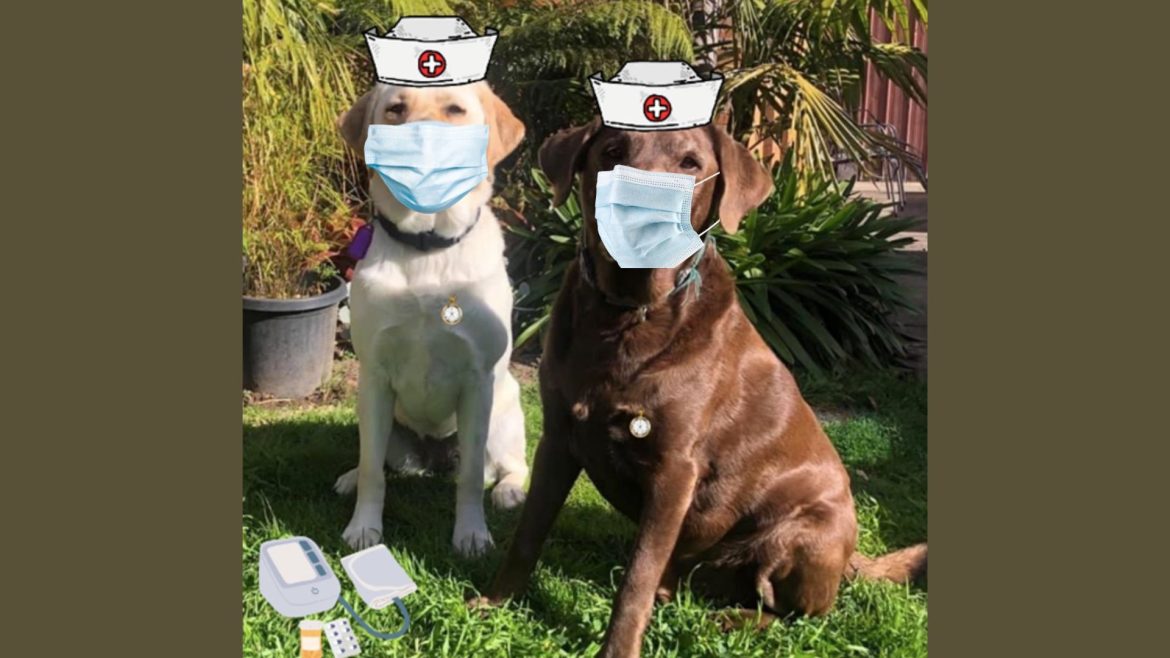
Types of Animal Cancers and Their Application to Human Research
By Jessica Crowe Pace
The word cancer encompasses a very large group of diseases that involve abnormal cell growth originating in one part of the body. Cancers are incredibly diverse and can originate in all parts of the body. This growth then has the potential to become uncontrollable and spread to other parts of the body.
Much like in humans, cancer is prevalent and therefore, needs lots of research. In dogs 10 years and older, cancer is the leading cause of death. The good news, however, is that many of these cancers are treatable if recognised in the early stages.
There are many kinds of cancer evident in dogs and other animals, and organisations such as the Australian Animal Cancer Foundation are conducting important research into common cancer types to help develop treatments. As cancer in dogs is very common it also helps with vital research for human cancer treatment.
Below are details for common cancer types found in dogs and the related research interest.
Canine Non-Hodgkins Lymphoma (NHL)
Lymphoma can affect dogs of any age or breed and most often appear as swollen glands (lymph nodes). These swellings can be seen and felt under the neck, the front of shoulders and behind the knee. However, it is also possible for the swelling to occur in lymph nodes we cannot see, such as the chest and abdomen. The good news is, it is treatable if diagnosed in the early stages as it is very chemo-responsive.
Regarding human clinical modelling, canine NHL treatment has been used to develop new chemotherapeutics, immune system manipulation, monoclonal antibody technology, half body irradiation, bone marrow transplant technology and modalities of multiple-drug resistance.
Canine Osteosarcoma
Osteosarcoma is the most common primary bone cancer in dogs. It is mostly seen in older large and giant breed dogs; however it can affect dogs of all ages and sizes. The most common places osteosarcoma has been found is in the shoulder bones, wrists, and knees. These cancers can cause swelling in these areas, which is often painful for the animal.
It is incredibly fast growing and aggressive, and therefore is a very useful model for metastatic therapies. As it is a common cancer, tumours are readily available once excised and are very comparable to human osteosarcoma, allowing a much better understanding of the canine and human cancer.
Haemangiosarcome (HSA)
This is a form of canine cancer where the tumour forms in the cells that line blood vessels, these are known as endothelial cells. This cancer is most common in middle-aged and elderly dogs and occurs more commonly in certain breeds such as Golden Retrievers and German Shepherds. The cancer development itself is very slow, and often painless until it reaches the later stages. By this point the spleen is often enlarged, and treatment requires its removal.
Due to its similarity to angiosarcoma, the human form of cancer, it has also been used as a model for anti-metastatic therapy and antiangiogenic treatment.
Canine Melanoma
Unlike human melanoma, canine melanoma is not related to sun exposure, and often arises in the oral cavity. Melanoma arises from the pigment-producing cells in the skin called melanocytes. Therefore, canine melanoma is more common in those animals with dark skin. They are incredibly difficult to treat once they have become malignant and spread to distant parts of the body.
Despite the differences between human and canine melanoma, they are similar in biology and response to treatment so can still be used in development of anti-metastatic therapies.
Squamous Cell Carcinoma (SSC)
Squamous cell carcinoma is often found in the mouth and nail beds. It is easily treatable if detected early, however, if it spreads to the tonsils and tongue less than 10% of dogs survive longer than one year.
As majority of oral cancers in humans are SSCs, canine SSCs are useful models for radiation therapy studies.
Canine Brain Tumours
The most common symptom of brain tumours are epileptic-like seizures and extreme behavioural changes. They can be controlled with oral chemotherapy and radiation therapy if the tumour is inoperable, otherwise surgical intervention may be used.
Not enough is understood about the occurrence of brain tumours in dogs, however, due to a high occurrence of a certain kind (glial tumours) this allows for many research opportunities that can benefit both canine and human.
References:
- https://www.countrysideveterinaryclinic.org/services/dogs/dog-cancer
- https://animalcancer.com.au/about-translational-oncology/types-of-cancer
- https://animalcancer.com.au/our-work/research-1.html